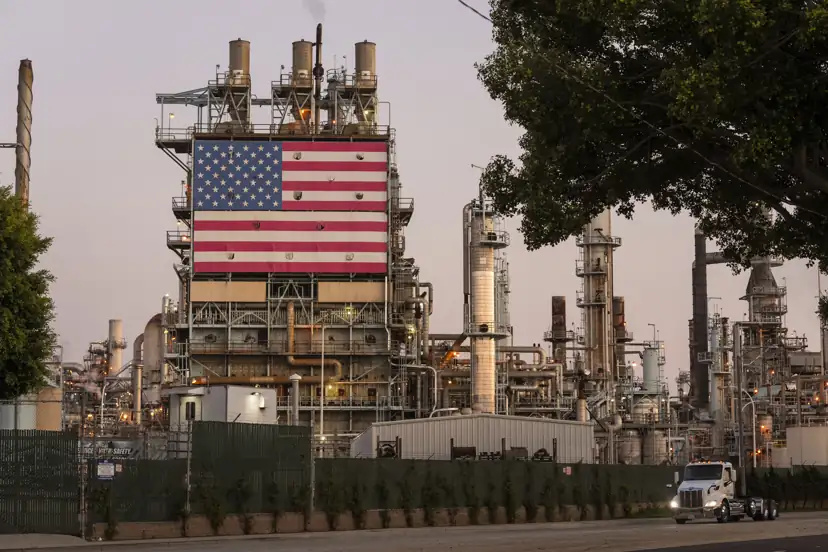(New York) Oil prices closed higher on Wednesday for the first time in four sessions, buoyed by a further decline in U.S. crude inventories and a technical rebound.
The price of a barrel of North Sea Brent for delivery in September rose by 0.49% to close at $85.08.
Its American equivalent, West Texas Intermediate (WTI), gained 0.84% to $82.10.
Close to equilibrium before the publication of the weekly report from the American Energy Information Administration (EIA), the black gold went into the green after the EIA reported a contraction of 3.4 million barrels of commercial crude inventories in the United States.
This development took analysts by surprise, who were counting on an average increase of one million barrels, according to a consensus established by the Bloomberg agency.
This surprise is due, for the most part, to a rise in the capacity of American refineries, which used their capacities at 95.4% during the week ending July 5, against 93.5% during the previous period.
“Stocks of distillate products,” a category that includes diesel, “increased and demand” for refined products “slowed down a bit” (-1.6% over a week), qualified Bart Melek, of TD Securities, “but at the margin, the report was positive” for prices.
JPMorgan analysts say they have seen oil consumption rise more than they expected in recent days, attributing that to increased air traffic in the United States and China, as well as weather conditions in the Middle East.
The Organization of the Petroleum Exporting Countries (OPEC) maintained its forecasts for demand on Wednesday, still seeing it grow by 2.2 million barrels per day in 2024, then by 1.8 million in 2025.
Traders also noted that the cartel had revised its growth estimate for this year slightly upwards, to 2.9% from 2.8% previously, which helped firm up prices, according to Jose Torres of Interactive Brokers.
Bart Melek also attributed Wednesday’s recovery to “technical elements”, with the market recovering after three consecutive sessions of decline.
For the analyst, “we remain in a corridor, and there is no reason to think that we will go much higher.” The WTI has thus failed several times in recent weeks to exceed its peak of the end of April, i.e. 84.46 dollars.
“There is always the risk that supply will exceed demand” if OPEC begins to reverse some of its production cuts, warns Bart Melek, who does not believe in an escalation in the Middle East and sees the geopolitical risk premium deflating.
